Is there still a place for porcelain dolls?
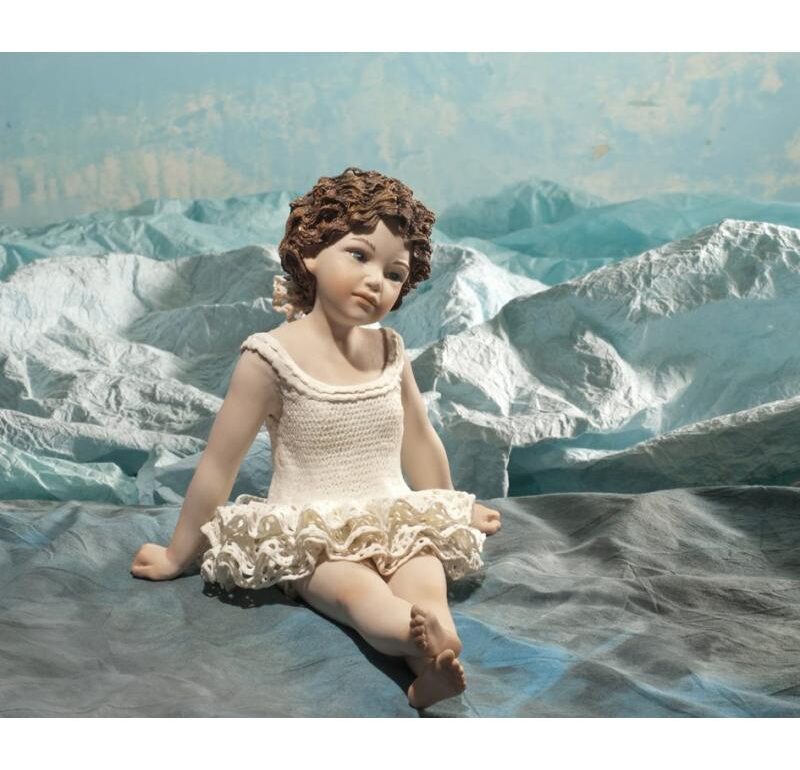
The first porcelain dolls are works of art that were created in the 19th century and are still valuable masterpieces for collectors today. The most valuable are products from branded factories, creating unique works inspired by human beauty, topped with one of the most valuable ceramics, i.e. porcelain, in the past they were not only a part of the entertainment, but also an accurate reflection of the trends of a given era. Character miniatures have been known since antiquity, but their functions vary. They reflect spiritual and cultural needs in depicting higher, human forces, and perform entertainment, decorative and educational functions.
Dolls are a timeless element of human creativity and a model of society’s current aspirations and conventions, meeting aesthetic, emotional, psychological and social needs. Porcelain products are prestigious masterpieces, appreciated by enthusiasts, hobbyists, artists, aesthetes, investors and puppeteers. With the development of technology for part of society, porcelain dolls are no longer popular. On the other hand, handicrafts are gaining in value, and people fascinated by the uniqueness of these dolls claim that they are inanimate matter with a soul, enclosed in porcelain. For some owners, they are members of their families, passed down for generations. And today they are the perfect idea for gift.
The history of dolls
In ancient times, they served a cult function, in Christian times depicting Jesus with Mary and the saints, a in the 16th century, secular dolls appeared. The first dolls were made of fabric and wood, around 1800 wax was added to give them a more natural look. As we know, it is a heat-sensitive material, so over time it was replaced with paper pulp, while porcelain began to be used around 1830.
The doll, as one of the oldest toys, appeared in many roles and, when representing a person, served various functions: as a child’s toy, a tool of magic, an amulet, a fetish, a trinket, decorating bourgeois living rooms, as well as a representative model and a mannequin in the fashion theater. From around 1900 to the 1950s, celluloid was used to produce dolls, and over time it was replaced by vinyl and plastic, from which the famous Barbie was made. Ruth Harzdler was the creator of the first Barbie doll. It appeared on the Polish market 30 years later, in the 1980s, in stores such as Pewex.
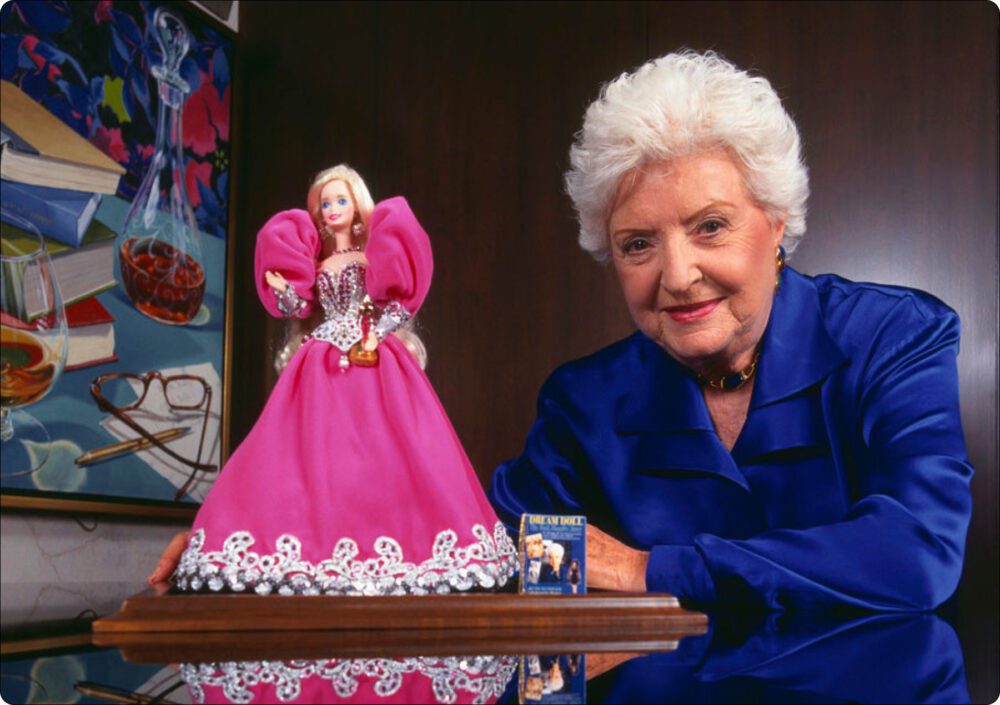
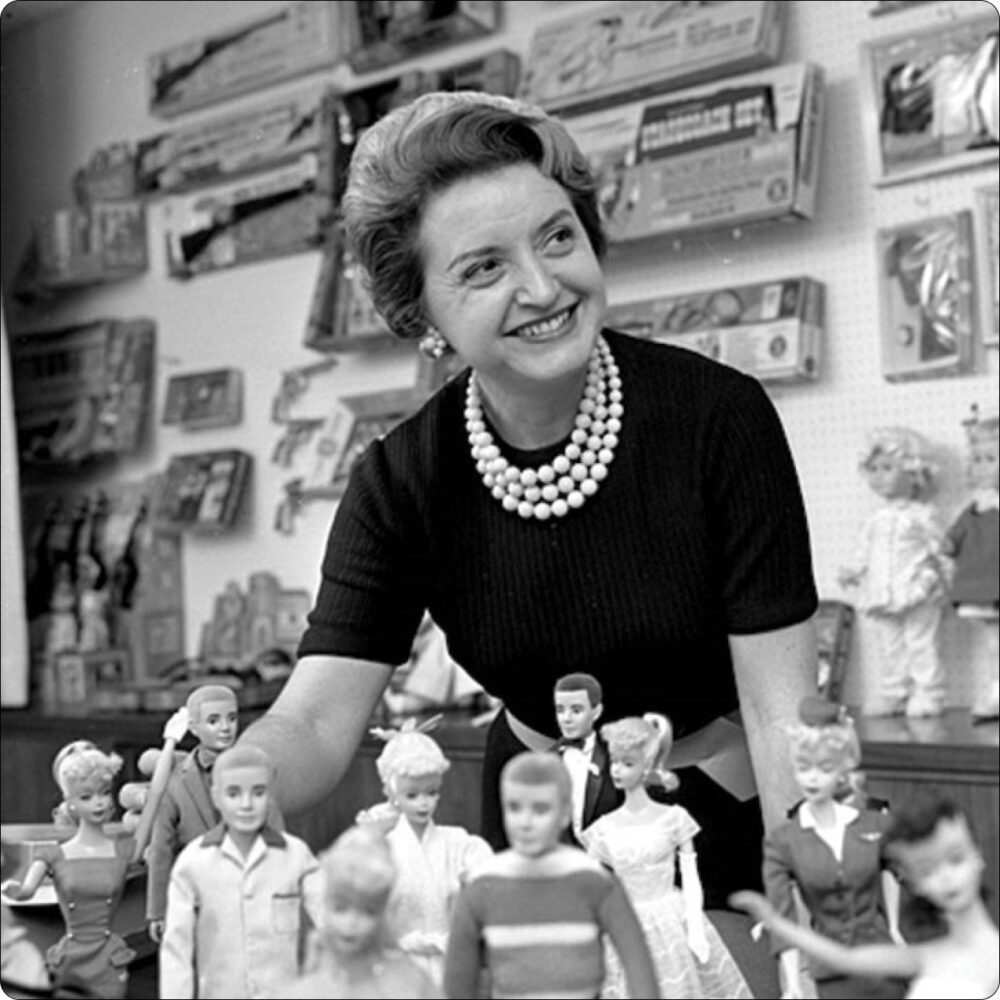
Porcelain dolls produced by hand in small series were signed with the manufacturer’s trademark or name. The most famous German manufacturer porcelain dolls, traveled all over Europe, then settled down and bought a toy factory in Sonneberg (Thuringia) and a porcelain factory in 1885. The first mark with an anchor was registered in 1893 (anchor and the letters AM in a circle). The mark with the letter W indicated a doll head produced especially for Louis Wolfe, a company based in Sonneberg with branches in Boston and New York, which distributed German and American dolls in the U.S.A. In 1910, a mark with a stylized anchor combined with the letters AM was registered, and around 1920, a mark with a more formal anchor and the letters AM on both sides or at the top was registered.
Porcelain doll collections
Nowadays, dolls from porcelain They are an icon of times gone by, but they still have a group of loyal fans and do not lose their aesthetic and collectible value as prestigious works of art. Over the years, the dolls have gained a group of ardent supporters who are willing to pay amounts of up to several thousand dollars for them. Their beauty is not the only motivation to buy, because their prices later jump up to tenfold, and dolls are simply an exceptionally good investment.
One of the most desirable and the most expensive dolls in the world are Zawieruszyński. Quite recently, a sales record was recorded for one of them in Moscow 35,000dollars. The Zawieruszyński couple’s dolls have become a form of investment. Although new models are difficult to obtain, it is certainly a good investment for years. The purchase of porcelain dolls is in the same category as investing in whiskey, old cars or comic book boards. The dolls are made in Minnesota, their history began in Stalowa Wola. Zawieruszyńcy is a brand with traditions, carefully supervised and handmade by a married couple.
Henryk and Zofia, who sculpt and sew clothes for their dolls. They come up with names together, i.e. Natalia, Anulka, Celestyna, Apolonia. Except porcelain Natalie Apollonie they are made of other materials, such as wood or PVC. Their products have already won over 100 awards and can be found in every corner of the world. The competition is very high, this type of dolls are made mainly by companies from Europe: Germany, England, Italy and Spain. Outside the US, these are the largest markets, and collectors from Russia have recently been gaining attention. Some of them are porcelain doll enthusiasts, often Hollywood stars or investors.
The market is stratifying, various fashions, trends and novelties are emerging, and the “Zawieruszyński” brand emerged in the 1990s on the wave of popularity of products from Eastern Europe, even though they were created from scratch in the USA. Currently, there are cheap dolls from China and fakes for people with smaller budgets but who want to have a unique doll. The global record price for a porcelain doll is over 6 million, it is a 200-year-old doll, a mechanical “Birdman”, which can even play the flute.
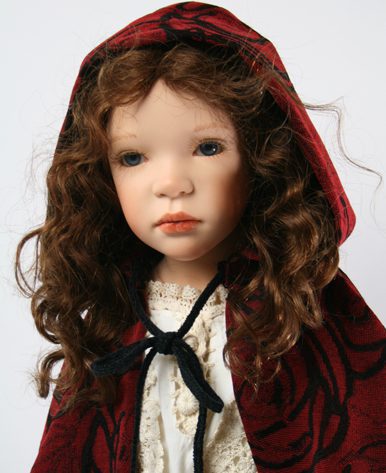
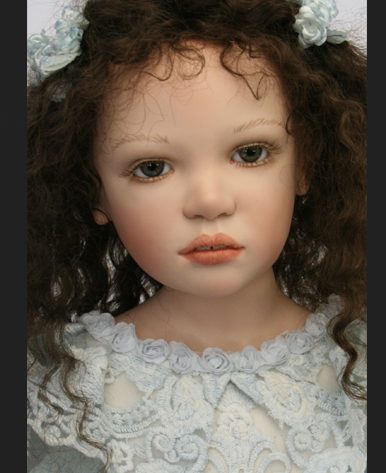
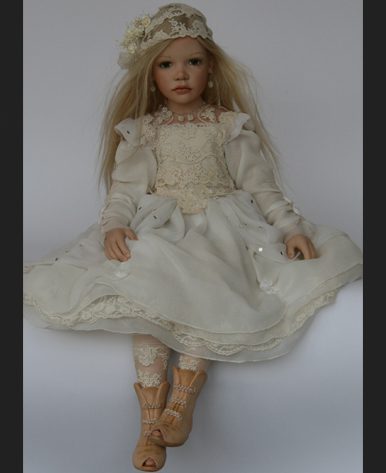
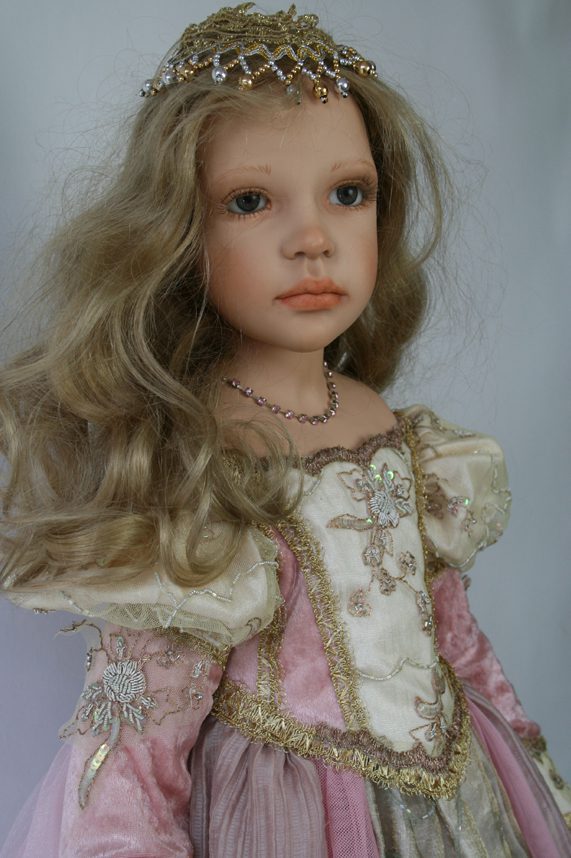
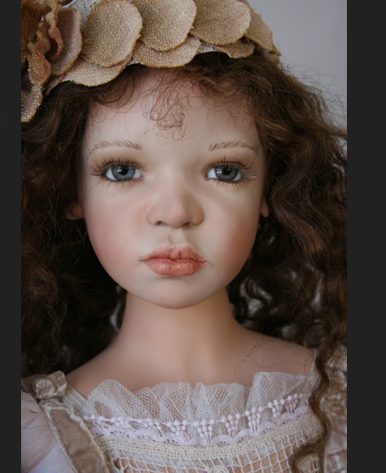
Fashion canons
Fashion has always been the element of culture closest to customs, mannequins and dolls have also become its faithful reflection. People began to care about elegant clothes for dolls, often very refined, corresponding to the prevailing trends. The doll’s clothes were even a model, showing what was the current fashion, the dresses and patterns were precisely reproduced according to the trends of a given era.
The huge role of dolls in fashion has remained accepted due to lack of modeling profession. In the past, clothes were presented not on real people, but on dolls, which have become an integral part of the fashion world. The beginnings of its development date back to the 14th century, when information about fashionable clothes and hairstyles began to be conveyed through dolls. Dolls were the equivalent of today’s magazines, instead of toys, they served as an auxiliary tool in disseminating information about changes in fashion, and also served as models and three-dimensional magazine boards.
In later centuries, model dolls came to be called “pandoras”. In the English-language literature on the history of clothing, this type of dolls is most often referred to by the term fashion dolls, in German and French respectively: modepuppen and les poupées de mode. Despite the objections of some Polish teachers, the term “fashion dolls” has become common among collectors and accepted in everyday language. Fashion dolls include not only the old “Pandoras”, but also 19th-century porcelain dolls in fashionable outfits and the latest incarnation of the model doll, Barbie.
Porcelain beauty
Porcelain, considered one of the most noble materials, has its own date beginning in the 7th century in China. Dishes, vases and figurines were made of the so-called “sand porcelain”. From China, porcelain was brought to Japan, where traditional tea was served in ceramic cups. A hundred years later, products made of kaolin clay combined with quartz and feldspar were brought to Europe by merchants.
It has been documented that the country succeeded in producing porcelain for the first time in the year 620, and a small circle of producers kept the composition of their prized goods and the method of producing porcelain secret. Only in 1708 Ehrenfried Walther von Tschirnhaus produced in 1709 officially announced the invention of European porcelain. The first white porcelain factory was established in Meissen, where the famous German artist Horold decorated porcelain products with Meissen paints.
The art of decorating porcelain has developed so much that over time, in addition to its practical function, it also began to have a decorative function. The greatest development of porcelain in Europe took place in the 18th century, thanks to royal and princely patronage.
Called white gold, porcelain has become an exclusive product. It was so precious that one porcelain trinket was worth a village. It was believed to have magical properties, for example that vessels made from it would shatter when filled with poison. Monarchs and bourgeoisie, wanting to protect themselves from death, sought porcelain jugs and goblets.
Today, porcelain is decorated both by hand and by machine. Products decorated with a laser are more available and cheaper, and there are various white ceramic sets and individual porcelain trinkets available on the market. It is made of material created hundreds of years ago dinner and coffee sets, figurines, vases, caskets, dolls and jewelry.
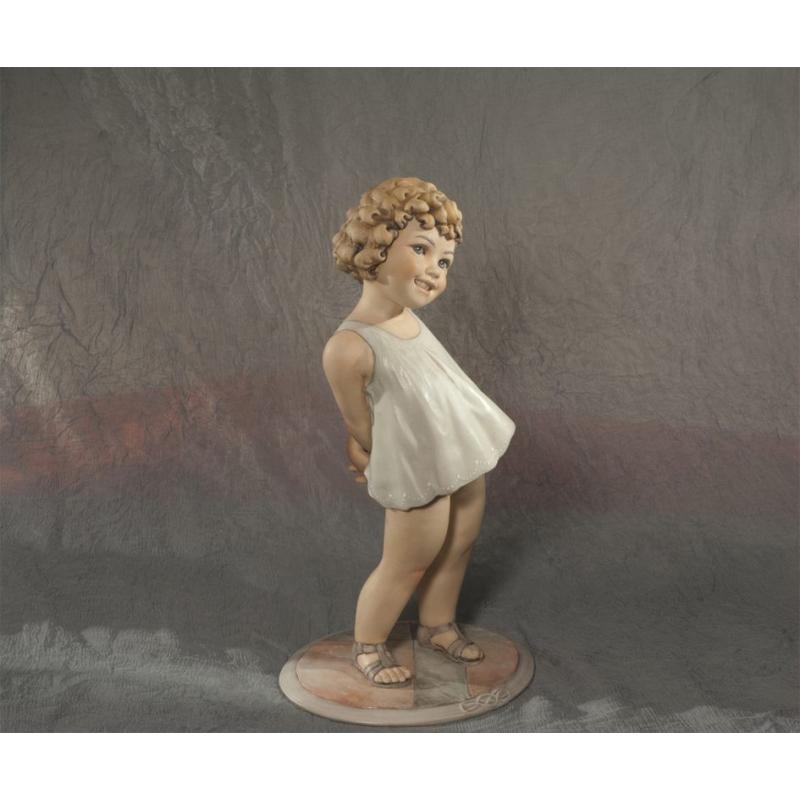
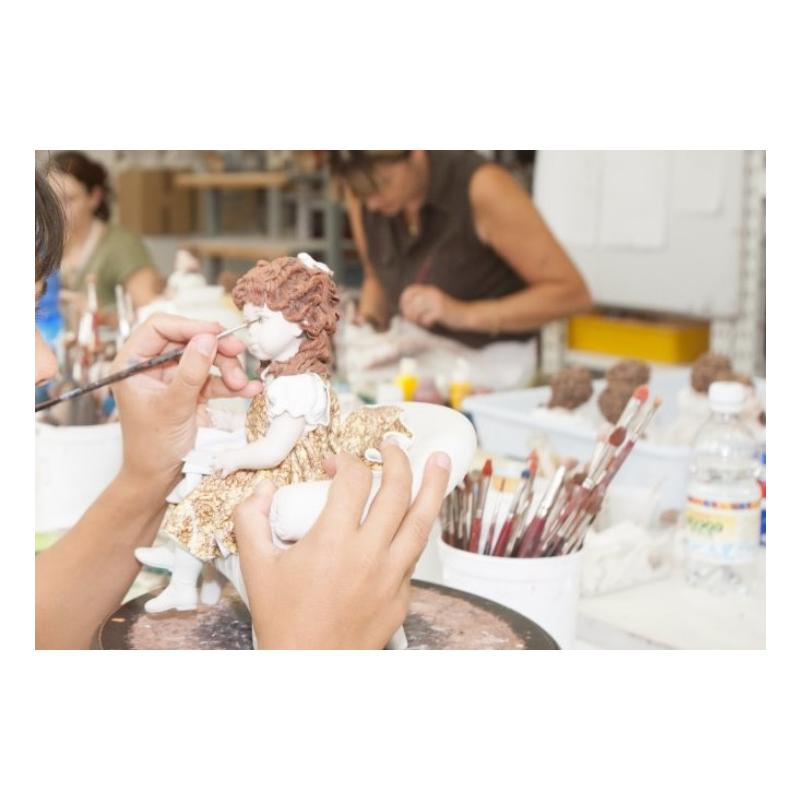

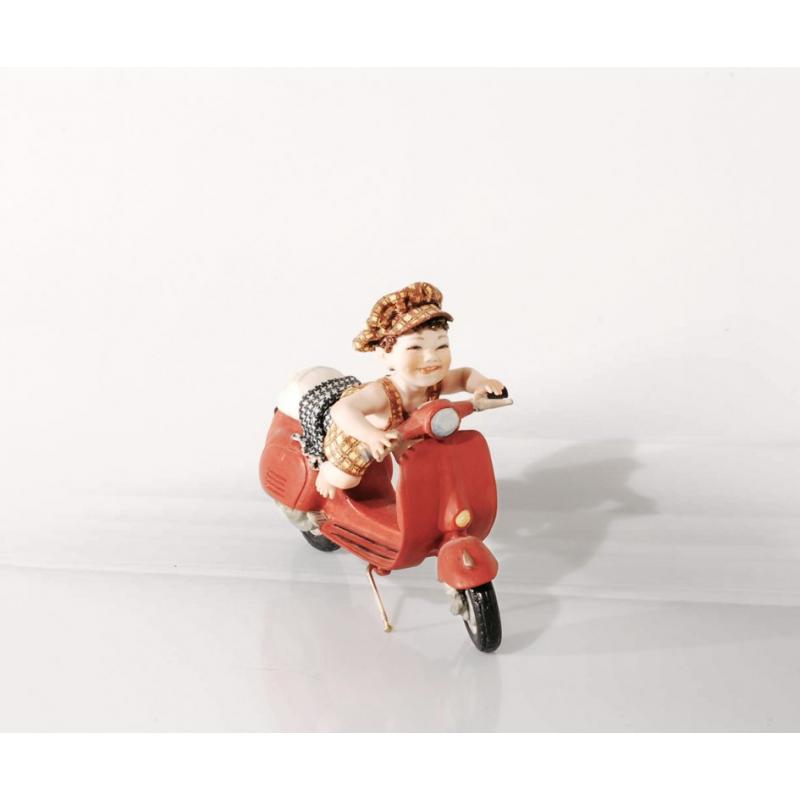
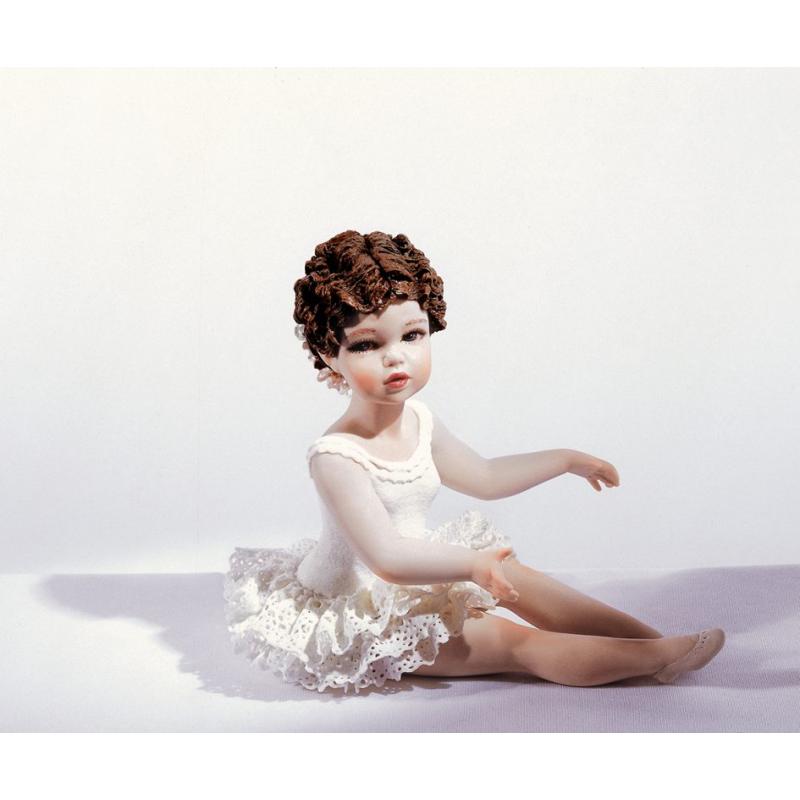
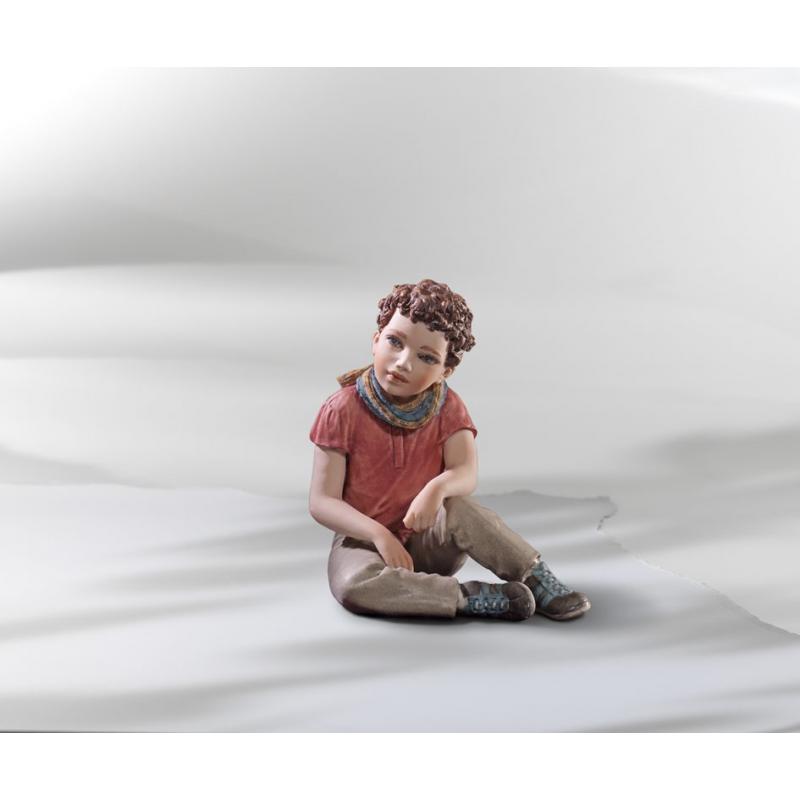
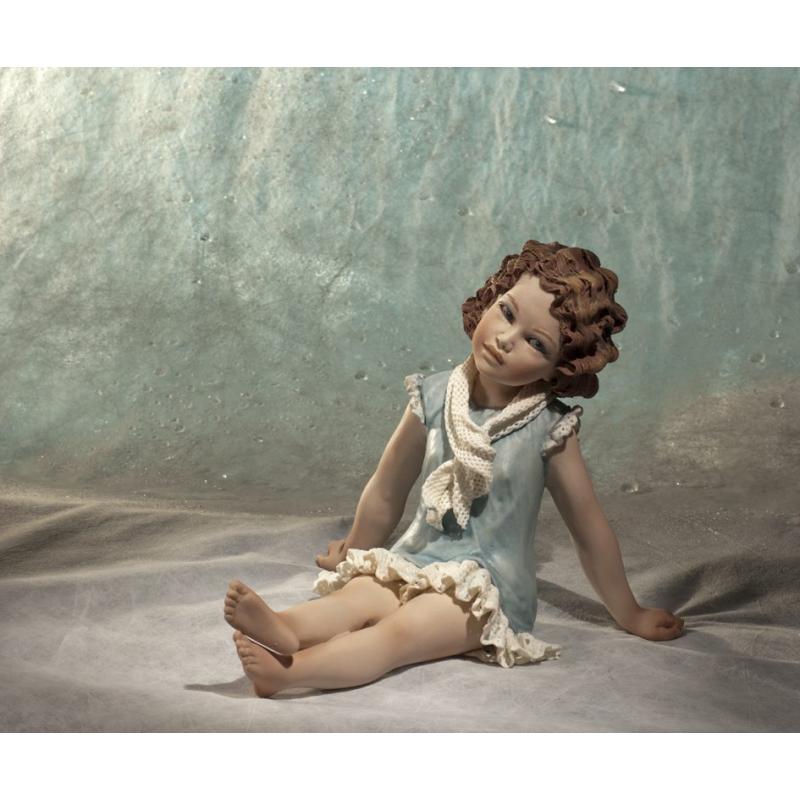
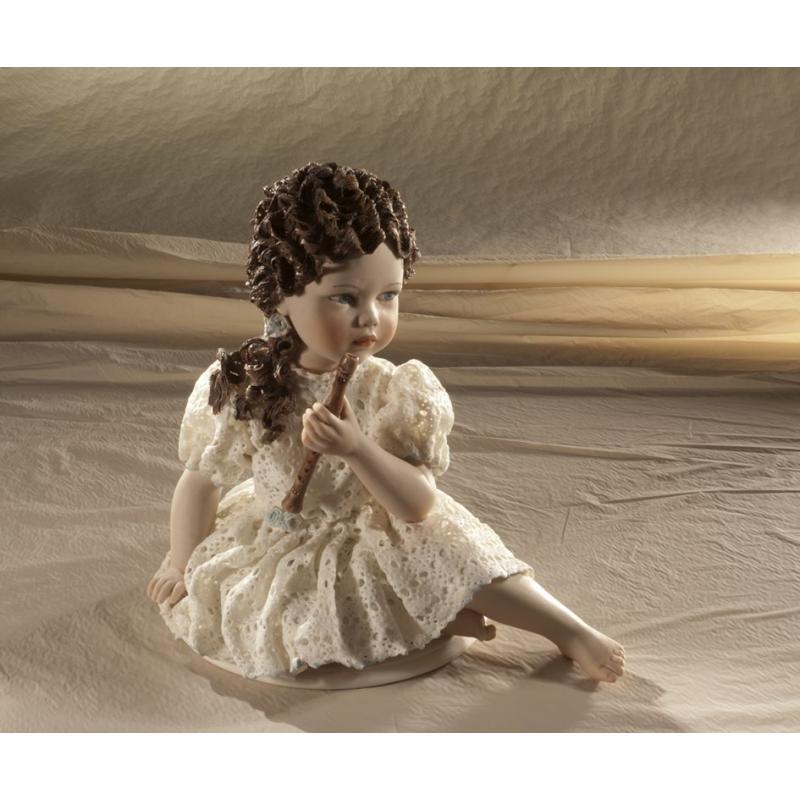
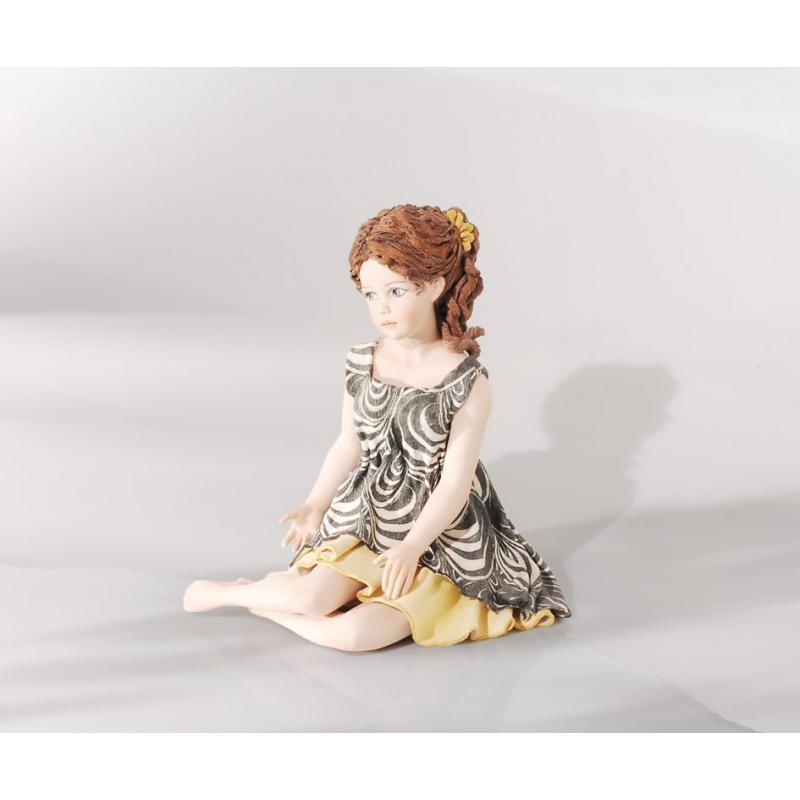
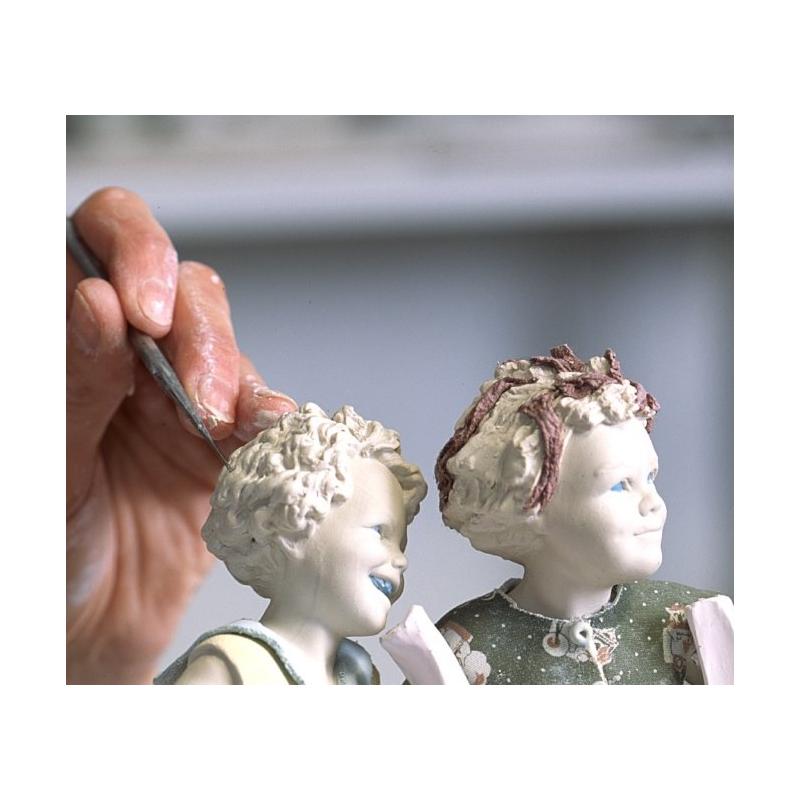
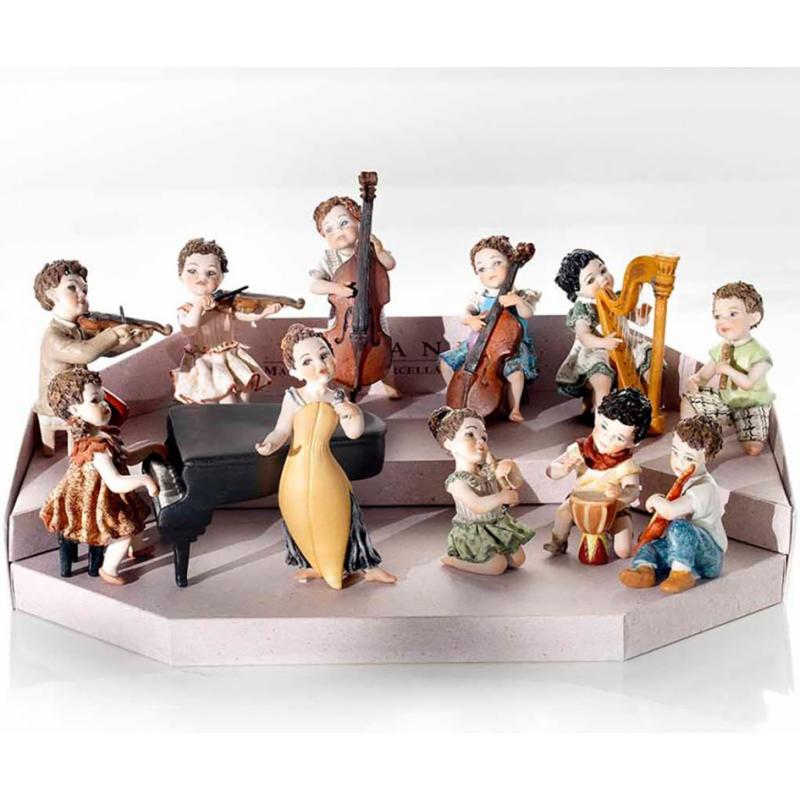
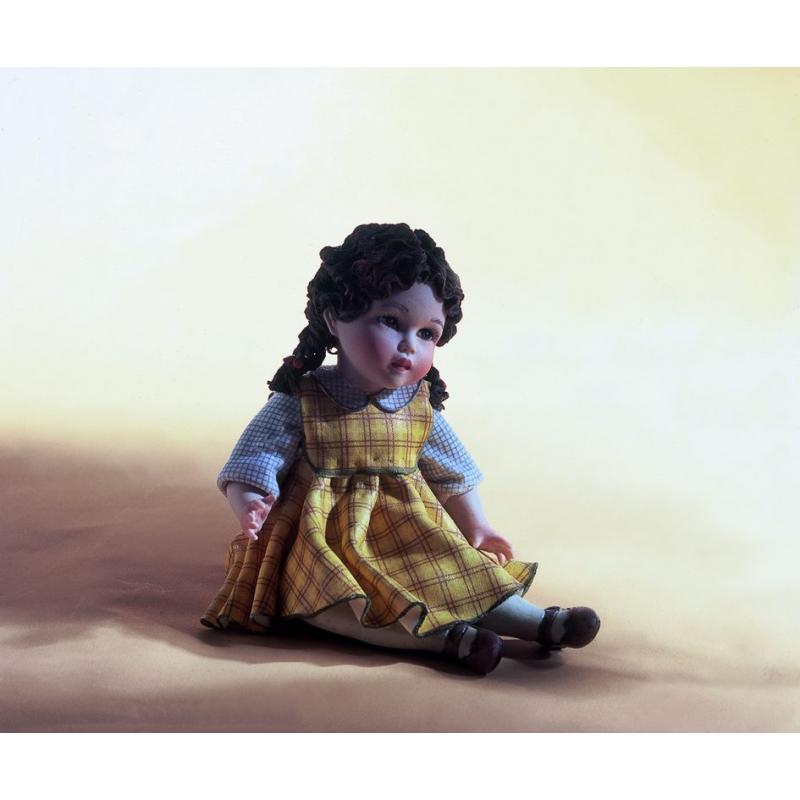
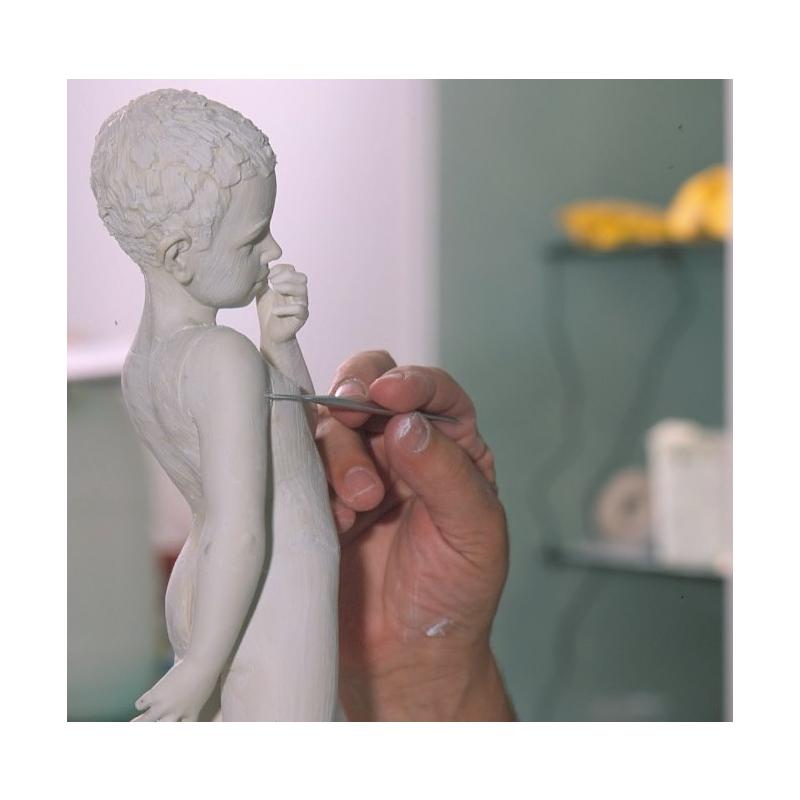
Technology vs porcelain
Beyond the important role dolls as a model, used to be a permanent element of home and social decor, because girls and girls played with it until they got married, regardless of the age at which they got married. At the time of marriage, it was given to someone from the immediate family or kept. It was a certain ceremony of transition from childhood and play to adulthood.
Civilization and cultural changes have also penetrated the world of dolls, it is increasingly rare to see a little girl walking on the street with a doll stroller or similar to ordinary people, more like film ideals, idols. Even the form of play is changing to digital and virtual. In the era of technological development, dolls have been replaced by robots that can perform household, defense, and even partner or matrimonial duties. Fashion has been dominated by people or holograms, and in the domestic sphere it happens that people are replaced by robot dolls.
Children’s miniatures, on the other hand, closely resemble living figures equipped with vital functions. In the era of robotization and digitalization, technology has become an inseparable element of every aspect of civilization, so it has also affected the world of dolls. The porcelain is replaced by a material that closely resembles human skin, and the soul of the doll’s masterpiece is replaced by artificial intelligence that can perform any programmed action. The world is inexorably moving in a new direction, and the production of dolls is subordinated to this, but taking into account the human need for beauty, porcelain dolls will always find their lovers who will appreciate their aesthetic, ageless soul.





Leave a Comment